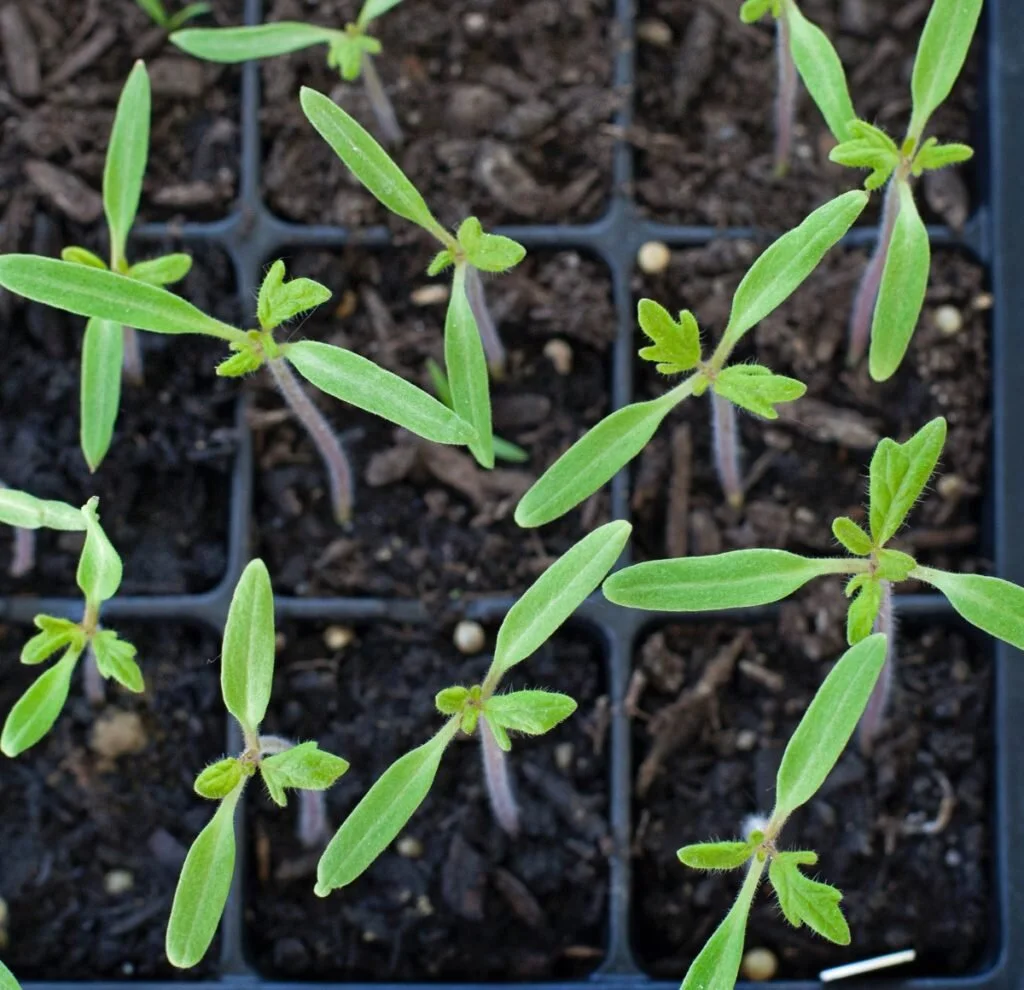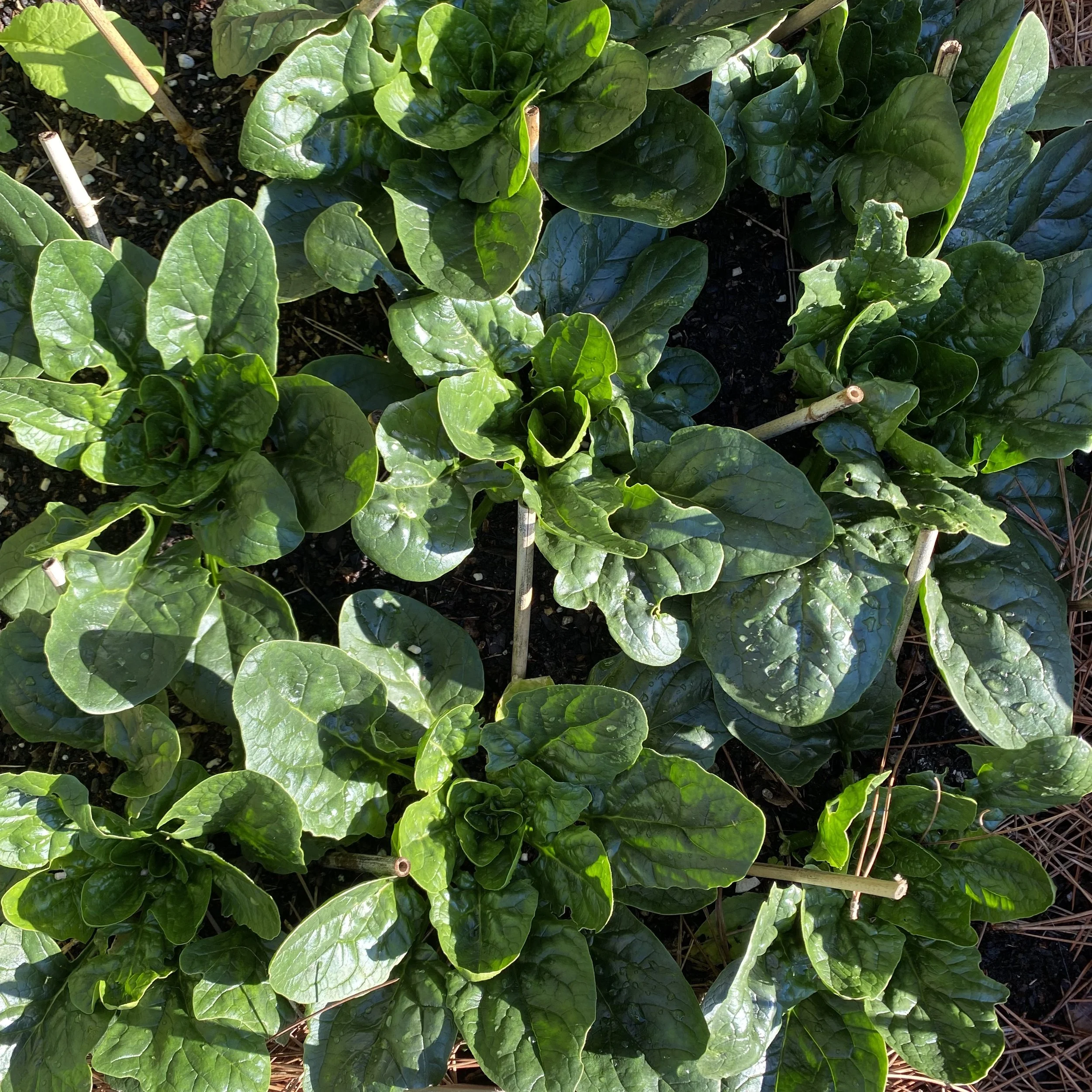May 15, 2015
Warming winters are sending planting zones on a march northward.

Planting zone map: 1981-2010 Photo NOAA
From onEarth
Yankee gardeners, get your hot-pepper plants ready, because veggies that were once only suitable in southern climes are now thriving a little farther north. Winter temperatures are good indicators of whether certain plants grow well in a region, and the season is warming up across the country.
The National Oceanic and Atmospheric Administration puts out a map every decade showing a 30-year average of minimum winter temperatures. And the new normals (based on winters between 1981 and 2010) are a wee bit warmer than those from the 1970s through the ‘90s. Nighttime temperatures are creeping up, pollination patterns and frost dates are changing, and the balmy days of summer are extending deeper into fall. But remember, while climate change could give some gardens a boost, these new harvests may prove bittersweet.
What are you seeing in your garden? My zone 5b garden in Ipswich, MA has become zone 6 since I moved in 1991.


